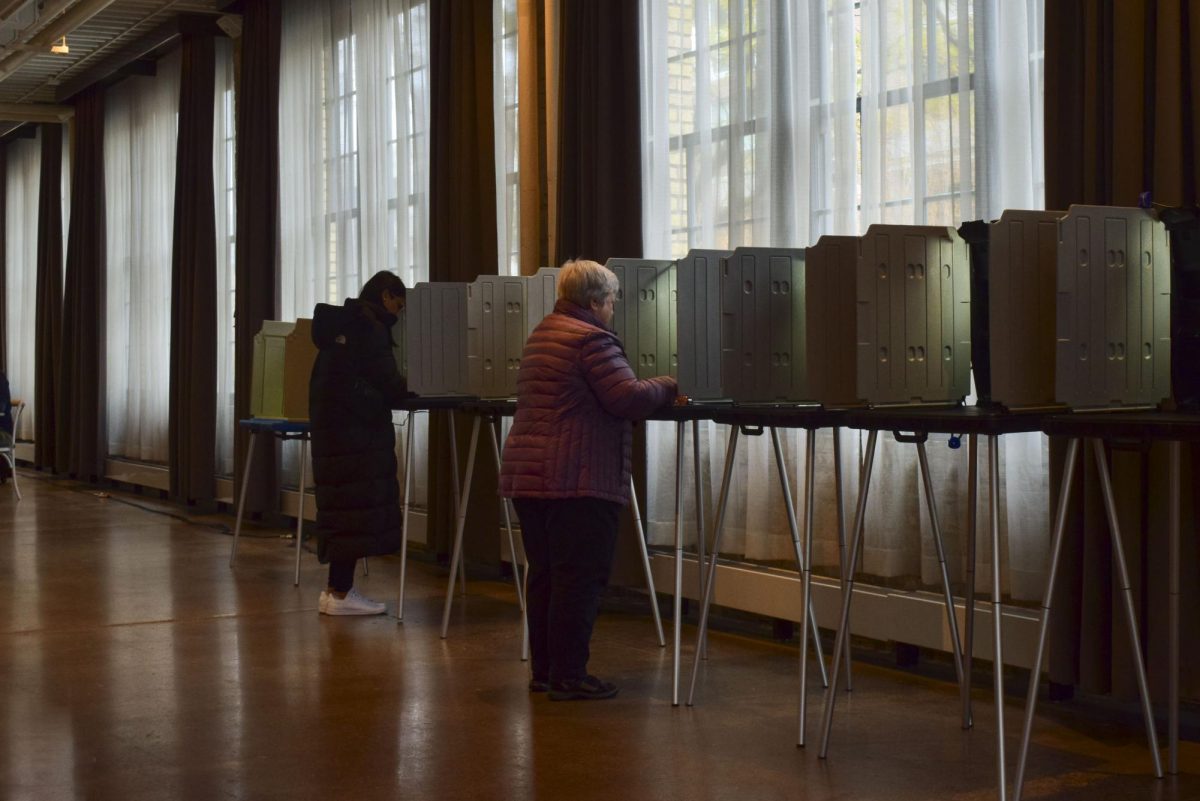A 2 percent fee on credit card transactions may not seem like a large amount, but when applied to the millions of dollars spent by college students on books and tuition each year, these fees can add up to big profits for credit card companies and increased costs for students. The Welch-Shuster Credit Card Interchange Fees Act of 2009, a bill amending the Truth in Lending Act, aims to âÄúprohibit unfair practices in electronic payment system networks,âÄù in hopes of reducing credit card transaction fees and promoting transparency in the charging process, meaning possible lower textbook prices and more flexibility for students paying tuition. This piece of legislation, which has been supported by Rep. Keith Ellison, D-Minn., has been introduced to Congress and referred to the House Financial Services committee. The bill would require credit card companies to disclose swipe fee rates, empower the Federal Trade Commission to act as a power check to credit card companies and possibly allow institutions to negotiate with credit card companies on rates. Out of every purchase a consumer makes, approximately 2 percent goes to credit card companies. According to the Merchants Payment Coalition, a group of various merchants and businesses lobbying for fairer credit card fees, Americans paid more than $48 billion in credit card transaction fees last year, more than any other country in the industrial world. The supplemental credit card costs charged to the merchants, called interchange fees, are typically added to the prices of products as hidden fees. Different credit cards have higher or lower fees, depending on the company and the rewards system. These fees are supposed to cover transaction processing costs banks and credit card companies incur. However, processing costs only account for about 13 percent of total fees. The rest of the charges go toward credit card company costs, such as marketing, paying for credit card rewards and pure profit. The University Bookstores, which are affected by credit card fees, incorporate credit card fees into product costs, creating more expensive goods for consumers. According to University of Minnesota Bookstores Director Bob Crabb, an estimated 40 percent of their business is conducted with credit cards, costing the store about $300,000 in credit card expenses each year. This puts credit card fees as their second largest expense after manual labor. âÄúFor the service it provides, the cost is pretty high,âÄù Crabb said. âÄúIf we didnâÄôt have this charge fee, we could be more competitive on a retail basis.âÄù Contrary to the University bookstores, the University of Minnesota separates credit card fees on tuition. Paying an extra 2 percent, or in the case of University of Minnesota tuition, an extra 2.57 percent, on costly purchases such as college tuition and fees, could mean an additional $600 each year for an in-state University student. âÄúItâÄôs ridiculous to have to pay fees on top of tuition,âÄù said psychology and sociology sophomore Nicki Nguyen, who paid her tuition bill this semester with a credit card, but was previously unaware of the additional fee. Now that she knows about the extra fee she is paying for her credit card choice, Nguyen said she wonâÄôt be using a credit card for her tuition next semester. The University did not begin accepting credit cards for tuition until it was prompted by recent demands. However, even though the University offers the service, University financial services said students should think twice before charging. âÄúCredit cards are just too costly for students,âÄù Student Finance Associate Director Tom Schmidt said. âÄúItâÄôs just not the best way [to pay for tuition].âÄù Tuition paid by credit card for the University is outsourced to a finance company called Nelnet, which handles the transactions and sets the percent fee. Should the legislation pass and lower fee options become possible, Schmidt expects the University to make negotiations with Nelnet to lower charge costs for students. The University does not accept Visa credit cards, because the credit card companyâÄôs fee structure is set up in a way the University feels would not be fiscally beneficial for students and parents. Despite the added credit card fee, some students still prefer convenience over cost when it comes to paying their tuition bills. âÄúCredit card companies are just like any other business, their objective is to make a profit,âÄù Chinese and political science freshman Rommel Lee said. âÄúI donâÄôt mind paying the extra fee for convenience.âÄù In spite of the present pressure on merchants to find a way to pay for credit card expenses, the future for credit card supporting vendors and their customers looks optimistic and negotiable. âÄúOur main goal [with the legislation] is to lower prices,âÄù Director of Government Relations for the National Association of College Stores Richard Hershman said. âÄúI think thereâÄôs a good chance of [the bill] being enacted.âÄù
New legislation may mean lower costs for students
An amendment could cut credit card transaction costs, a major expense for tuition payments and University bookstores.
by Cody Vanasse
Published October 14, 2009
0
More to Discover







